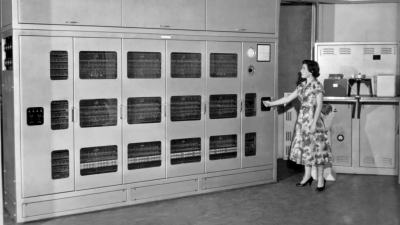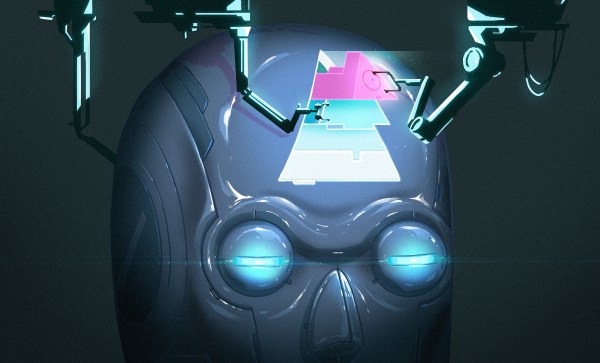When you think about the dawn of modern computers, you often think about the work done in the UK and the US. But Australia had an early computer scene, too, and [State of Electronics] has done a series of videos about the history of computers down under. The latest episode talks about SILLIAC, a computer similar to ILLIAC built for the University of Sydney in the late 1950s.

This episode joins earlier episodes about CSIRAC, and WREDAC. The series starts with the CSIR Mark I, which was the first computer in the southern hemisphere.
The -AC computers have a long history. While you often hear statements like, “…in the old days, a computer like this would fill a room,” SILLIAC, in fact, filled three rooms. The three meters of cabinets were in one room, the power supply in another. The third room? Air conditioning. A lot of tubes (valves, in Australia at the time) generate a lot of heat.













